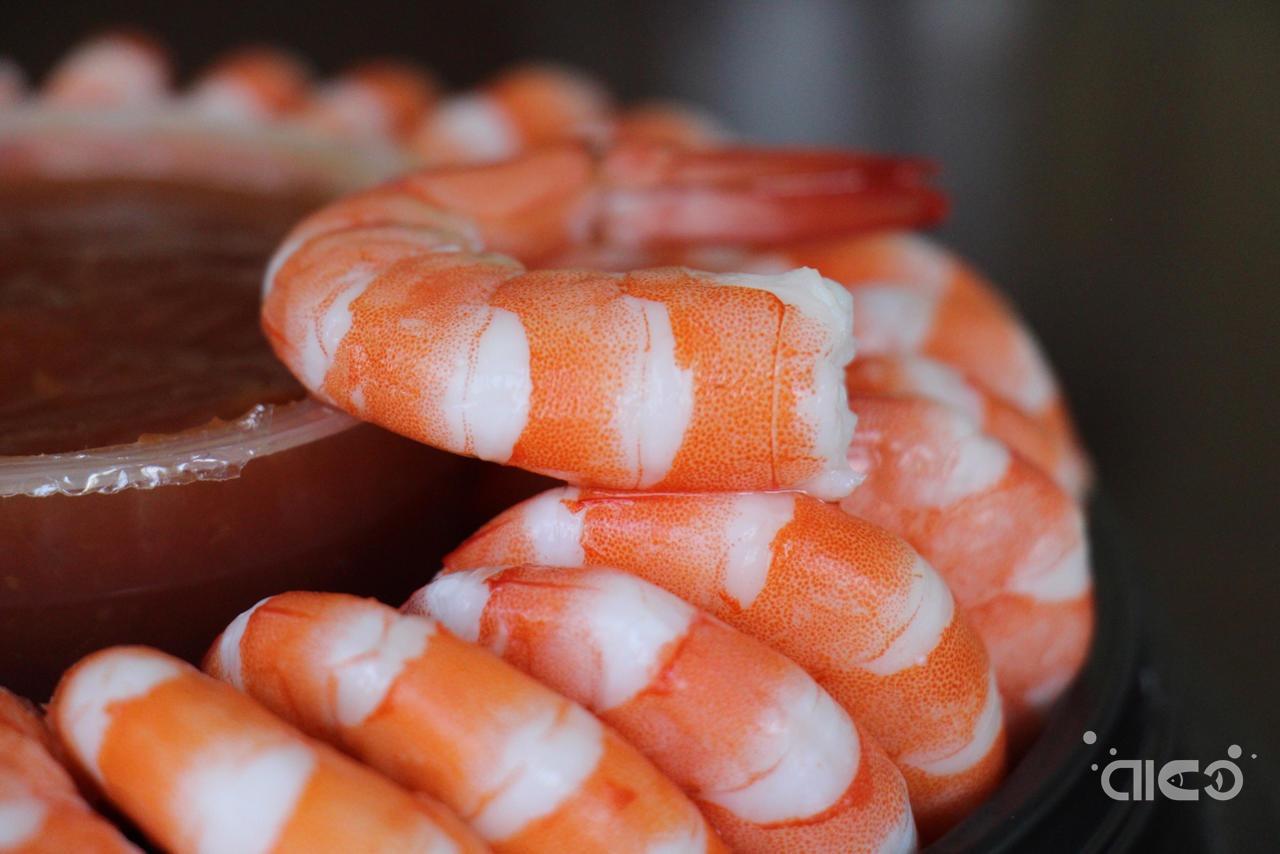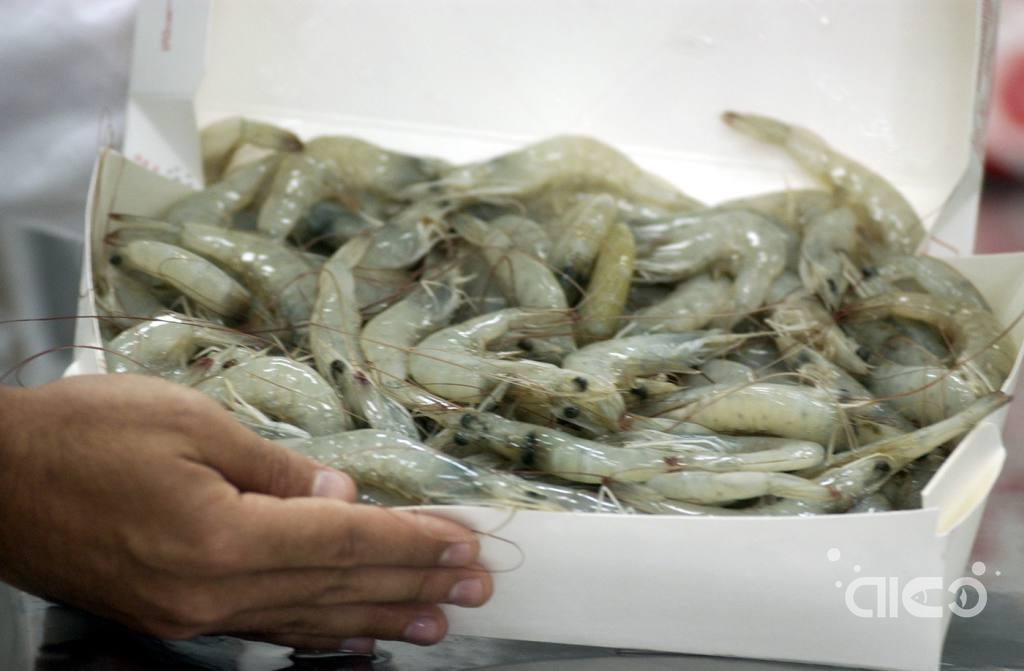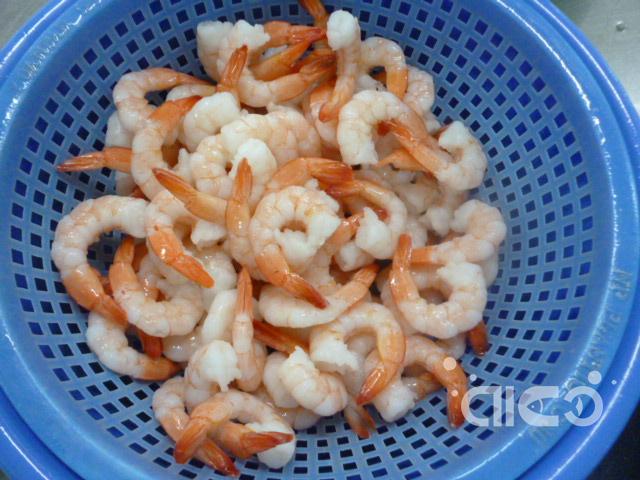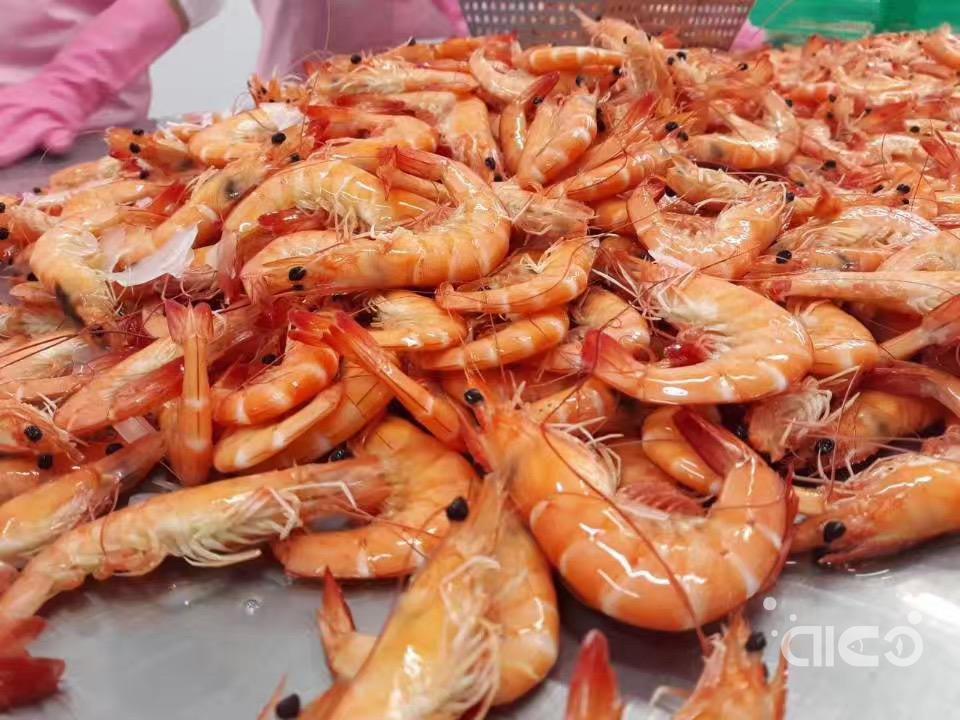How is the shrimp price going?
According to statistics, although shrimp production is expected to reach 5 million tons this year, prices are already lower than the levels before COVID-19, and the market may experience "recessive behavior" due to falling demand.

Gorjan Nikolik, senior seafood analyst at Rabobank, warns that the global farmed shrimp industry is heading for an "inflection point" that could cause considerable pain in 2022.
After a sharp 17.6% increase in supply in 2021, the momentum will continue in 2022, with Rabobank forecasting that global supply could exceed the 5 million ton mark this year. This means an increase of 1 million tons since 2020. However, Nikolik warned at last week's North Atlantic Seafood Forum Shrimp Forum in Bergen, Norway, that farmers are facing tough times.
Costs are rising, driven by feed, freight and energy. Feed costs for shrimp farmers have increased by as much as 30 percent since 2019 and are likely to rise for at least another two to three years. At the same time, shipping rates have doubled, and in some cases tripled. Shrimp also has a relatively high energy component in cost. He then noted that sales prices are falling and are already below pre-COVID levels. While strong supply momentum has added more sales to the market, headline inflation in most countries is expected to cause "recessionary behavior" among customers, such as reduced food service demand. Nikolik pointed to the Dow Jones U.S. Restaurant and Bar Index, which shows that the food service industry has declined steadily after peaking in January 2022 and is expected to continue its downward trend.
In addition, China, another important shrimp importer, continues to struggle with COVID-19 in 2022. Rabobank estimates that total food service sales in China will fall 5.8% to $680 billion in 2022 after rebounding in 2021. As widely detailed recently at the Infofish 2022 World Shrimp Trade Conference in Malaysia, the profitability of farmers has been declining and will drop sharply in 2022, Nikolik said. “At its peak in 2021, farmers’ profit margins were as high as 40%, and this ratio has fallen sharply in the first half of 2022. If costs are not contained and prices continue to trend downward, farmers’ profitability may soon turn around to be negative," he said.
Key drivers of production growth
Ecuador
Ecuador remains the fastest growing shrimp producer, surpassing the 1 million ton mark in 2021. This is a significant leap from the 2020 estimate of 793,000 tonnes, and progress has not slowed. Shrimp exports have grown by 33 percent in the first four months of 2022, according to data from Rabobank and Ecuador's Camara Nacional de Acuacultura. "Ecuador's exports are partly diverted to the US and Europe, although Chinese demand is recovering," Nikolik noted. He also noted that while producers in other countries started to react to the low ex-farm prices from around March 2022, Ecuador did not and production remained at full capacity.

India
In India, on the other hand, farmers respond to "price signals" from the market. Shrimp exports were flat compared to the same period last year, but prices have fallen and farmers are struggling to make a profit. As a major supplier to the US, India is facing stiff competition from Ecuador and Indonesia.

Vietnam
Vietnam, characterized by the specialization of its shrimp industry, looks set to continue its steady growth so far. As of March 2022, its exports have grown by 10% year-on-year, according to estimates by Rabobank. Benefiting from its diversification, Nikolik said, "Vietnam is flexible and able to shift focus as the needs of individual markets change." Farm-gate prices have been falling since the beginning of the year, but are still generally higher than in 2020 and 2021 levels.

Since March, Vietnam's shrimp exports to China have increased compared to the first two months of this year, recording consecutive triple-digit growth milestones. Vietnam's shrimp exports to this market from March to May ranged from 126% to 140%. In May 2022, Vietnam’s shrimp exports to China reached US$88 million, an increase of 126% over May 2021. In the first five months of this year, the cumulative export of shrimp was US$275 million, a year-on-year increase of 101%.
At present, China's strict Covid-19 prevention and control policies have begun to relax. This has contributed to another significant increase in Chinese shrimp imports. In the first four months of this year, China's shrimp imports were 224,000 tons and 1.45 billion US dollars, up 26% and 51% year-on-year.
Two of China's largest shrimp suppliers, Ecuador and India, had multiple businesses suspended by China in April due to COVID-positive traces found on product packaging. As a result, shrimp imports from Ecuador and India to China fell by 28% and 30%, respectively. This makes it possible for China to increase imports of shrimp from other sources.
China is currently discussing favorable business policies and a stimulus package to encourage consumer spending. This is expected to drive the growth of shrimp consumption in the Chinese market. Vietnam's shrimp exports to China are expected to grow strongly in the coming months.
Shrimp exports to key markets in June this year are not expected to be much volatile compared to May trends, and are heavily reliant on raw shrimp supplies.
From the beginning of May, the weather tends to be unfavorable for farmed shrimp. The first rainfall of this season is earlier than in previous years, which affects shrimp production. Therefore, the source of shrimp raw materials is not as positive as the previous four months. Therefore, shrimp feed is likely to be in short supply in the coming months. Shrimp exports are also expected to slow in the second quarter compared to the first quarter.
In Indonesia, which sells largely exclusively to the U.S. market, exports rose 21 percent in the first three months of the year. He explained that Indonesia has a larger domestic shrimp market than most other producing countries, and in 2021, it will be able to maintain its export growth trend by shifting some of its production from the domestic market to the international market. Again, prices here have been falling since March and so far have fallen to their lowest levels since the first half of 2020.
Vietnam's shrimp exports to China double! Imports stalled in U.S. market in May
In May 2022, Vietnam’s shrimp export turnover reached US$457 million, up 31% from May 2021. In the first five months of this year, the cumulative export turnover of shrimp was US$1.9 billion, a year-on-year increase of 41%. In May this year, Vietnam's shrimp exports to the United States slowed down, while exports to China increased.
In May 2022, the growth momentum of Vietnam's shrimp exports to the United States slowed down, increasing only 2.8% year-on-year to US$99 million. Vietnam's shrimp exports to the United States slowed down in May after a 52% increase in April. Vietnam's shrimp exports to the United States increased by 25%-61% year-on-year in the first four months of this year.
In the first five months of this year, Vietnam’s shrimp exports to the US reached US$390 million, a year-on-year increase of 21%.
Over the past few months, the U.S. has been importing large quantities of shrimp from countries such as Vietnam, Indonesia, India and Ecuador, resulting in high stocks. This can reduce the purchasing needs of importing companies. Total U.S. shrimp imports in April were down from the previous month.
In addition, rising U.S. inflation to record highs, China’s new COVID-19 lockdown restrictions, wars in Russia and Ukraine, labor shortages and supply chain difficulties in the U.S. are all likely to impact a country’s consumer demand for shrimp consumption.
Vietnam's shrimp exports to the US are not expected to grow as strongly in the coming months as they were in the first few months of the year. It wasn't until September that demand for U.S. shrimp imports recovered strongly again to serve Thanksgiving and the end of the year.






